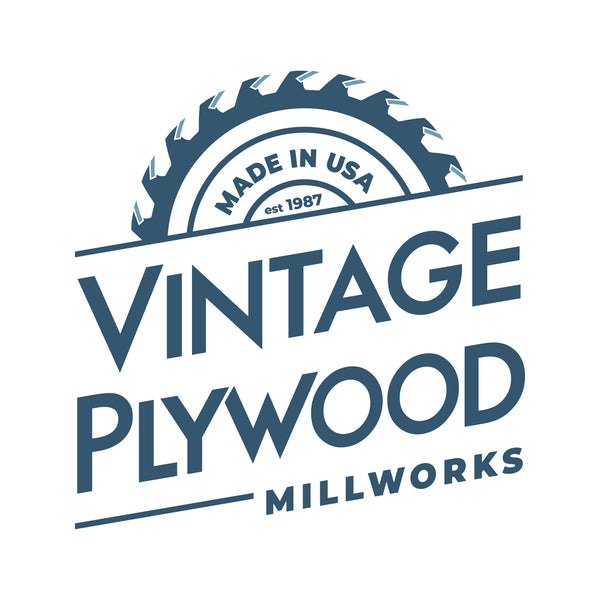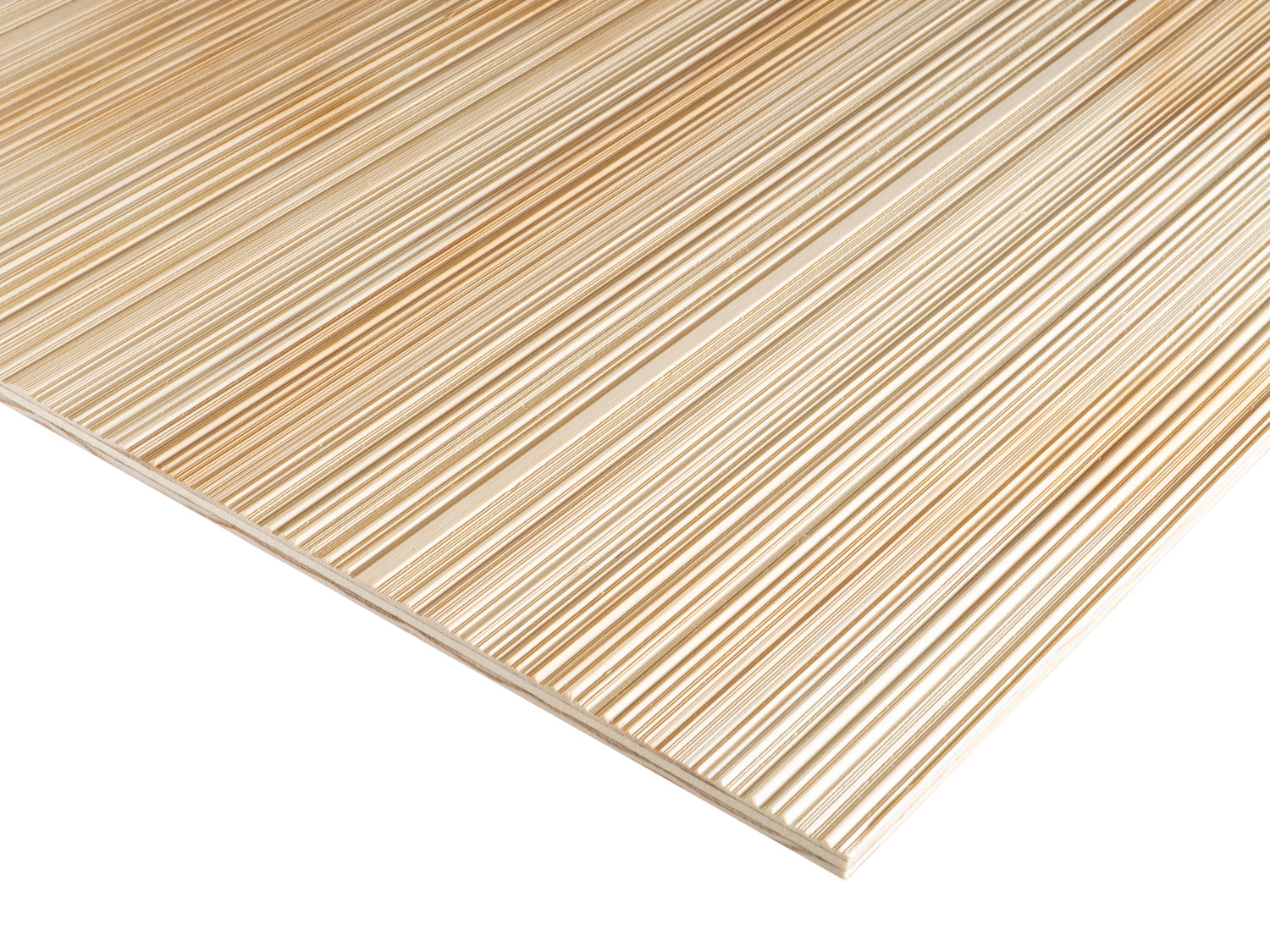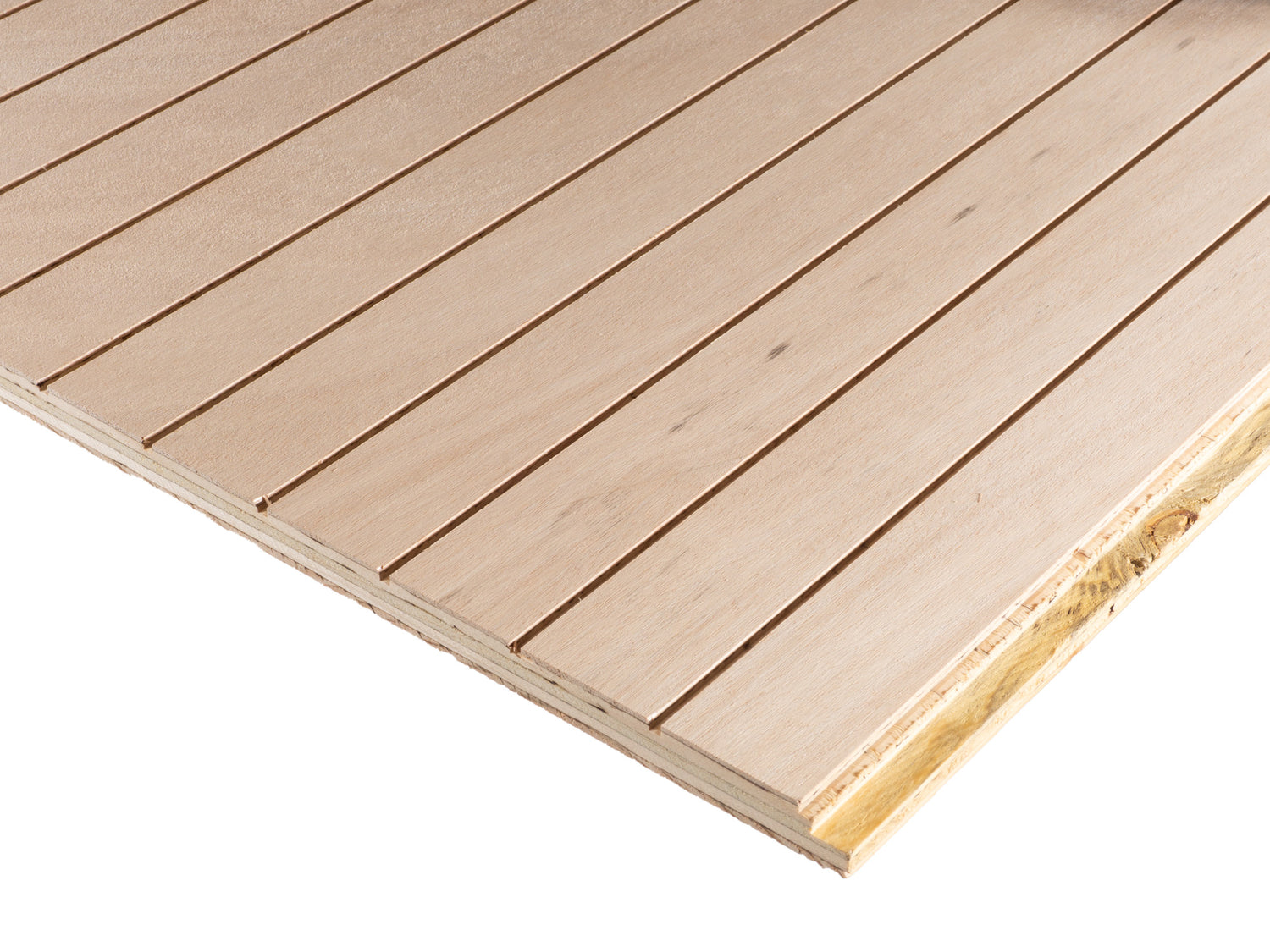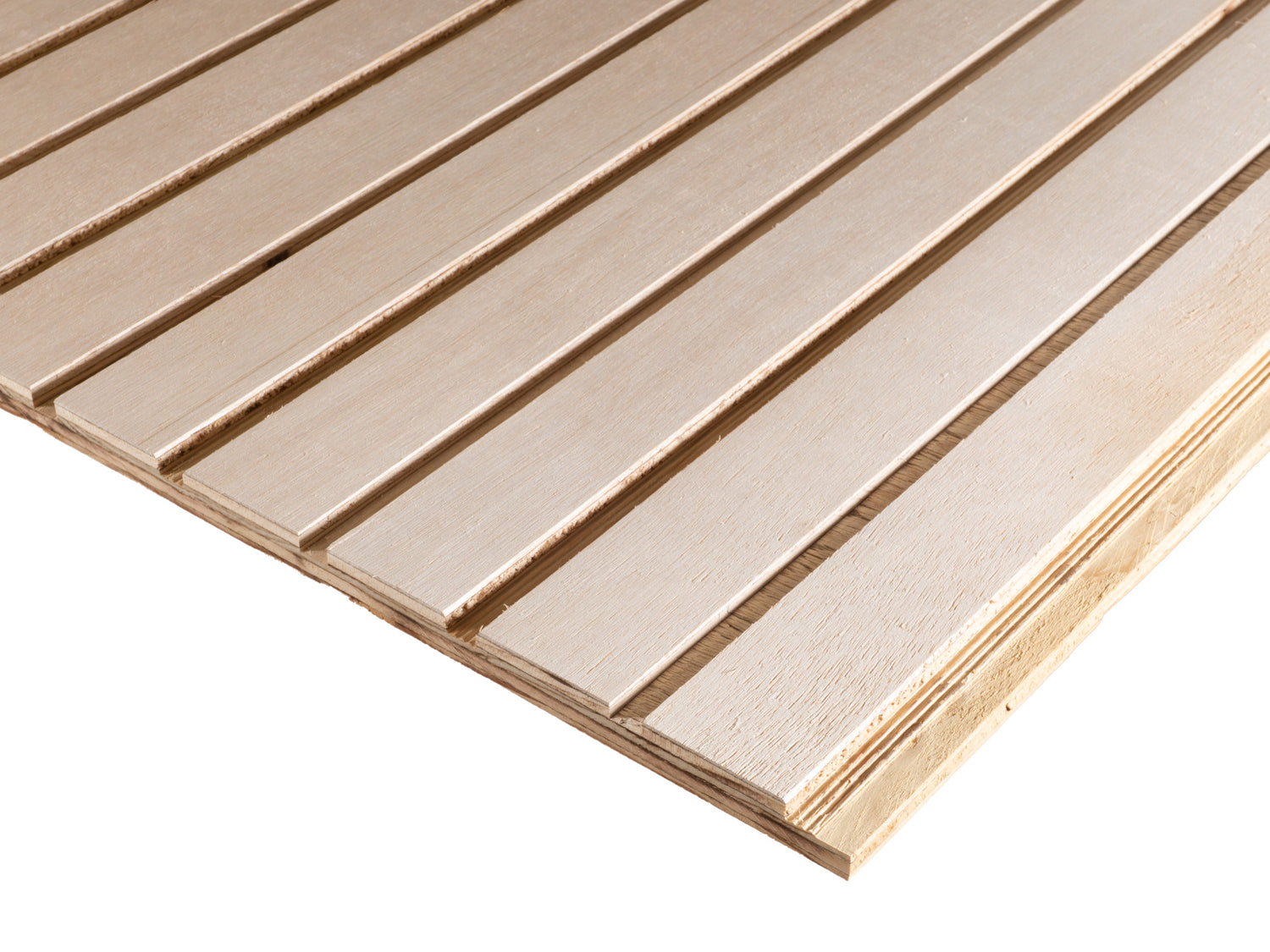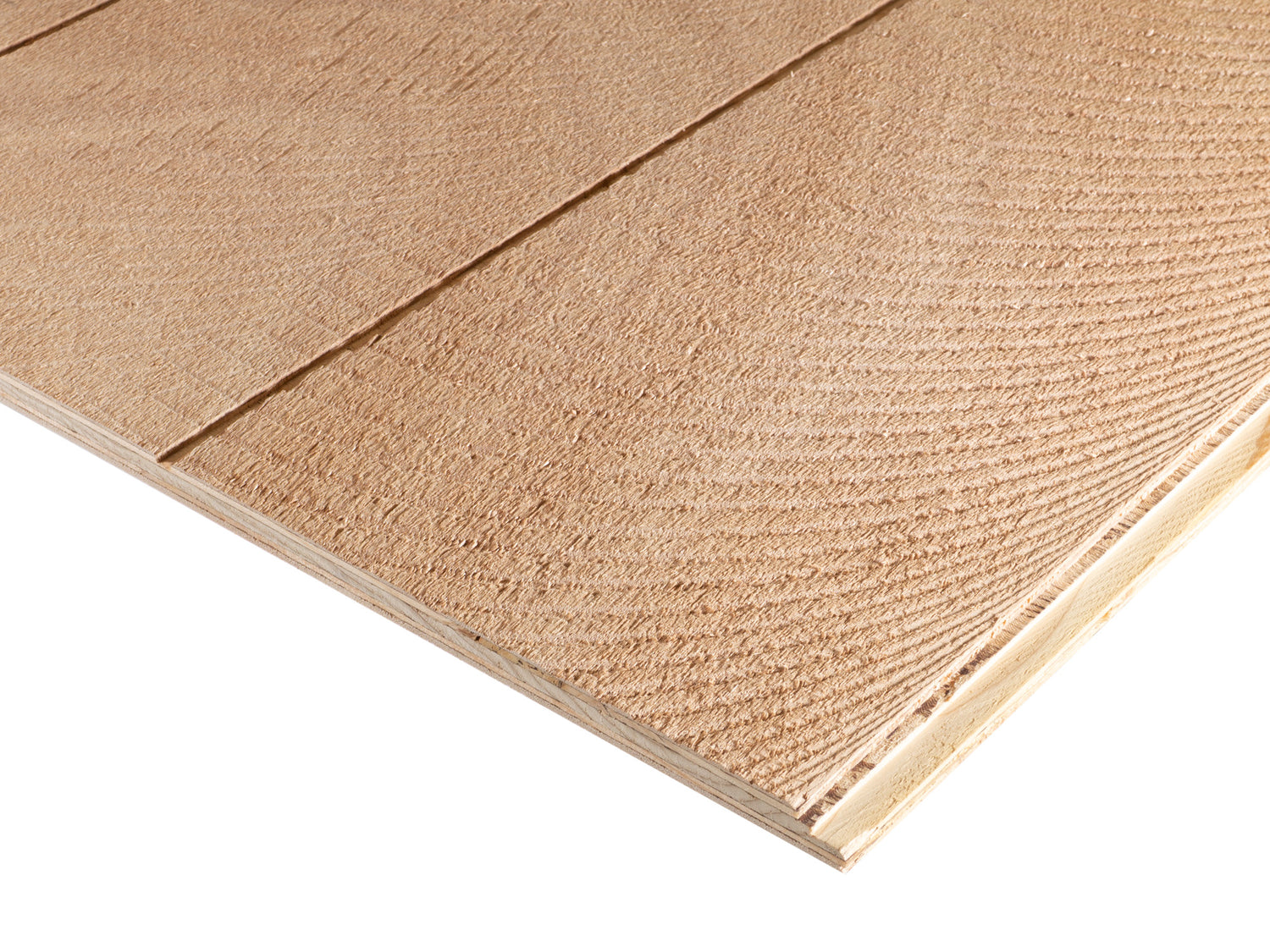General Questions
What makes Vintage Plywood different from other plywood providers?
First off, we make plywood patterns true to mid-century modern design. You’ll be hard-pressed to find a similar product at any other supplier, retailer, or lumber yard.
Secondly, we have been a family owned and operated small business since 1987. We take great joy in our products and are delighted when we make our customers happy!
Third, we are available to you! Feel free to send us an email or call us anytime (415) 883-7300
Why is this plywood/siding/paneling so difficult to find?
Mid-century modern architects and developers like Frank Lloyd Wright, Joseph Eichler, and others created wonderfully unique homes utilizing creative building methods and designs. As an aspect of their creativity, the plywood siding, paneling, and fencing was milled solely for their specific home designs.
Due to the niche nature of mid-century modern design, most authentically vintage plywood is no longer produced by large, mass-market corporations. All that to say: you’ll most likely have a difficult time finding it at your lumber yard.
Homeowners of mid-century modern homes should not have to settle for “close enough” by utilizing materials that do not match the original mid-century modern design of their home, which will undoubtedly hinder the resale value of the home. Thus, we take joy in providing a niche product that serves those who appreciate mid-century modern authenticity.
Do you offer refunds?
Due to the unique nature of the milling process, Vintage Plywood Millworks does not offer refunds on any of its products. It is critically important that you check your order confirmation to ensure you have ordered the correct product with the correct dimensions for your project.
If the quality of the product you received did not meet your expectations, please Contact Us and we will do our best to address your particular concern.
If any part of your order was damaged, you may choose to have us ship out replacement product(s) as quickly as possible or issue a refund for the damaged product(s).
For more information, please see our Refund Policy.
Shipping
Do you ship nationwide?
Yes we do! We ship all of our material throughout the contiguous United States from our shop in Marin County, CA.
All shipping prices include a handling fee and are based on size, weight, and zip code.
Depending on your order, we will ship via UPS Ground or freight carrier.
For more information, please see our Shipping Policy.
What if my order is damaged during shipping?
Although it is rare, if any part of your order was damaged, you may choose to have us ship out a replacement or issue a refund for the damaged product(s).
In the event that damage was incurred during shipping:
1) Take detailed pictures of the damage
2) Ask the driver to indicate the extent of the damage on the Proof of Delivery Document
3) Within 24 hours of your delivery, email all pictures and a detailed description of the damage to info@vintageplywood.com
4) In your email, let us know if you’d like us to ship a replacement or issue a refund for damaged product(s)
5) Keep all packing materials in your possession until the claim is settled with the carrier
Please be advised: Though we will work as quickly as possible to resolve the issue, claims can take up to 90 days per freight carrier rules.
Do you accept returns?
As a family owned and operated business, we do not have the capability of accepting any and all returns like most major “big-box” stores. Before placing the order, please ensure that you order exactly what you need for your particular project.
That said, we take great joy in manufacturing our unique plywood designs, so we always want to make sure our customers are extremely happy with their purchase. If you don’t receive exactly what you ordered, then we will gladly make it right. If the quality of the product you received did not meet your expectations, we will do our best to address your particular concern.
If any part of your order was damaged, you may choose to have us ship out a replacement or issue a refund for the damaged product(s).
For more information, see our Shipping & Return Policy.
All Products
Will the texture of the new plywood match the surface of my original siding/paneling/fencing/etc?
The surface of the original Thinline and Wideline plywood (used on homes by Joseph Eichler, Streng Bros, etc) was milled smooth to create a real wood grain appearance. We use Okoume plywood which we have found to match well to original Thinline and Wideline plywood applications.
The surface of the original Planktex plywood consisted of a “rough sawn” look. Our Planktex version provides a very close match to the original product. However you may notice that since your existing Planktex has been worn by wind and rain, that our new Planktex is rougher. Some customers choose to do a light sanding with an orbital sander before installation.
What’s the difference between a shiplap edge and a square edge?
A shiplap edge is rabbeted so that the edges of each board overlap the edges of adjacent boards to make a flush, water-tight joint.
A square edge is simply a 90 degree edge with no overlapping groove.
A shiplap edge provides not only a seamless appearance, but is also the correct joint for waterproofing. For exterior applications, never use siding with a square edge unless extra care is taken to ensure a waterproof joint. Otherwise, the result will be leaks at the very first rain!
All of our full-sheet plywood patterns (Planktex, Thinline, & Wideline) come standard with shiplap edges. Please note, the shiplap edge adds ¾” to the width of our plywood, making the sheet 48 ¾” in width. This is important so that the actual visible siding maintains a true 48” width.
As a word of caution, we’ve learned of some suppliers who cut out a shiplap edge to their siding from a 48″ wide sheet rather than the required 48 ¾” size. When this is done, the siding is actually undersized and will not match your pre-existing siding. This will often require additional studs to compensate. You may save a bit on the initial cost per sheet with this undersized material, but in the end, you may pay much more for the installation and run into additional problems which you will regret. You may even lose resale value on your home due to the patch-work required to accommodate the undersized material. You’ve been warned ;)
Do you offer any painted, stained, or primed wood?
All of our products are delivered unfinished (raw wood).
Please pay careful attention to whether the particular product is paint-grade or stain-grade.
What is the best way to paint my exterior siding?
Although we use the best available material for our products, the life of your new siding depends greatly on the finish coat. For the very best results, we recommend having your exterior siding painted by a reputable professional painter.
However, we’ve known plenty of homeowners who have painted their siding themselves and achieved an excellent result. If you plan to DIY, we recommend you consult a professional-grade paint store for the very best product and application. Using a poor quality paint will result in a much shorter life expectancy on your siding. Remember you are fighting a battle against sun (UV) and water. Help your siding have a long and happy life!
Regardless of who paints it, please ensure the following:
PRIMER/SEALER
The primer coat is the most important coat. Choose a professional-quality primer (oil/alkyd primers are recommended, though latex primers also work well). The surface should be clean and dry and the primer should be applied to yield about 1 mil dry film thickness. Apply within the spreading range recommended by the manufacturer to obtain proper thickness. Do not apply too thin a prime coat! Make sure the edges are primed/sealed BEFORE installation. Once your siding is installed it is impossible to seal the edges properly. For extra weatherproofing, some homeowners choose to prime the back of the siding before installation as well.
TOP COATS
To ensure compatibility between the topcoat finish and the primer, both should be from the same manufacturer. For best results, follow the manufacturer’s application instructions. Some finishes should not be applied to plywood, such as automotive primers and enamels, lacquer undercoats and topcoats.
EDGE SEALING
The most vulnerable portions of overlaid plywood are the edges and thus require the most effective protection. If left improperly sealed, the edges will absorb water and eventually cause deterioration of the finish and surface. Two coats of edge sealer must be applied for adequate protection against moisture penetration. Any conventional method of application may be used as long as adequate coverage is obtained.
How do I install your product as exterior siding?
We strongly recommend that your siding be installed by a hired professional.
All of our siding comes with a shiplap edge, which allows the siding to overlap at each joint. When nailed properly, this provides a good water tight joint. However, be careful to follow the nailing instructions printed on the back side of each panel. Too tight of a fit will result in buckling when the siding expands due to weather changes; too loose a fit will cause the joint to not sufficiently seal.
Always consult with your local building codes to ensure proper installation.
If only a portion of my original siding is deteriorated, do I have to replace the whole sheet?
The short answer: No, you don’t have to replace the whole sheet.
Some contractors will suggest they cut off the lower portion of rotten or damaged siding and then splice in a portion of new siding by butting it up against the original siding. This is often done as a cost-cutting measure and, in the short term, will save money since not as much new siding is required.
But fair warning: Your home will now have a clearly visible “bandage.” In some cases where the siding is not exposed visually, this may be worth it. If you do choose to use this method, ensure that the joint is done correctly with a “Z” bar type flashing so that it will be water-tight.
However, we have heard from Real Estate agents who do not recommend this approach due to its negative impact on resale value. Thus, in the long term, we believe you will be better off replacing the entire sheet to preserve the clean lines on your original mid-century modern home.
Whatever you decide, take time to make this decision carefully. This will prevent you from doing the repair twice.
Weldtex
Can I order Weldtex in hardwood plywood (i.e. birch, walnut, etc)?
We wish we could!
But unfortunately, we are not able to offer Weldtex in the form of hardwood plywood.
Here’s why: The actual ‘hardwood’ portion of hardwood plywood consists of a very thin veneer which covers the standard plywood layers. If we were to run it through our Weldtex mill, the machine would literally score right through the thin hardwood veneer, exposing the much less desirable layer(s) below.
The only type of plywood we use for Weldtex is Monterey Pine, which has a much thicker veneer suitable for the combed/striated pattern. Though Monterey Pine is considered a soft wood, it can still be painted, stained, or clear-coated to suit your needs.
However, we are able to etch our Weldtex pattern into solid hardwood tongue-and-groove planks (such as alder, cherry, maple, poplar, red oak, and white oak). For more information and pricing, see WELDTEX HARDWOOD.
What is the difference between plywood and solid stock lumber?
Plywood is made up of individual layers of thin veneer panels sandwiched together.
Solid stock lumber is solid wood, no veneer layers at all. It is typically available with a 5/16″ thickness and a 3¼” width and between 8’-12’ long.
Can I order Weldtex in a full 4’x8’ sheet of plywood?
Unfortunately the largest panel we are able to make is 23 ⅞” x 96”
However, due to the seamless pattern, you are able to butt two 23 ⅞” x 96” panels together to appear as though it is a full 4’x8’ of plywood.
Is Weldtex available in cedar?
Yes, it is, we can mill this from 1”x4” (tongue & groove), 1”x6” (tongue & groove) or 1”x8” (square edge) solid stock lumber boards. Unfortunately there is no cedar plywood available that is suitable for our Weldtex pattern.
